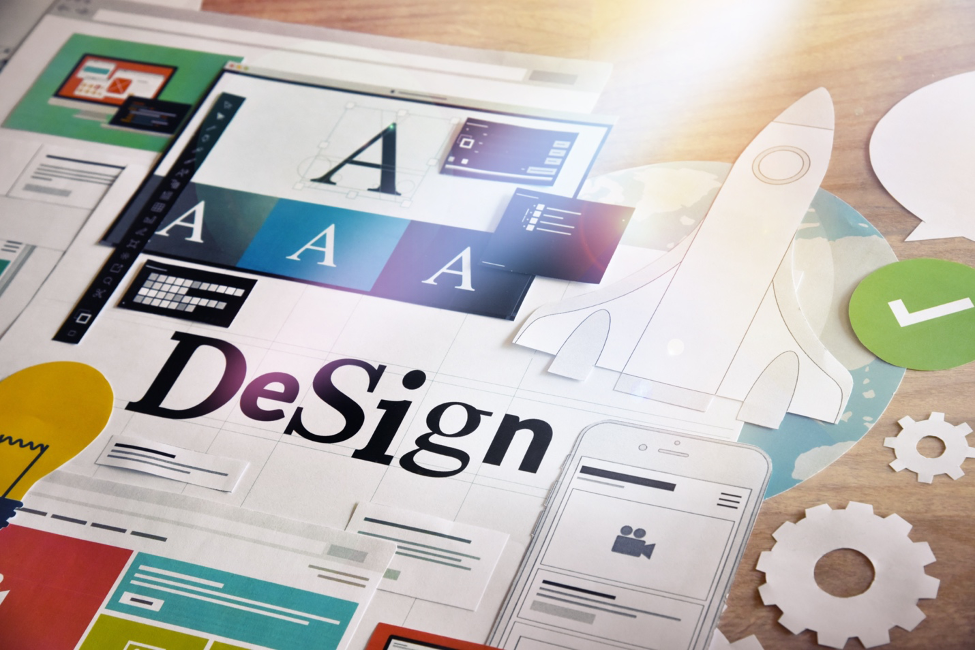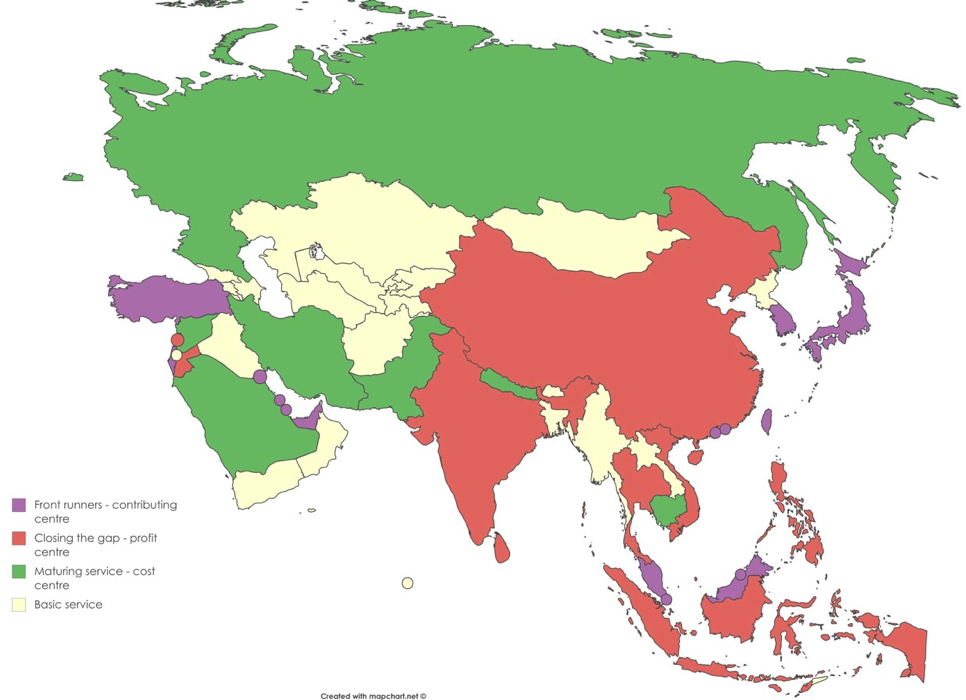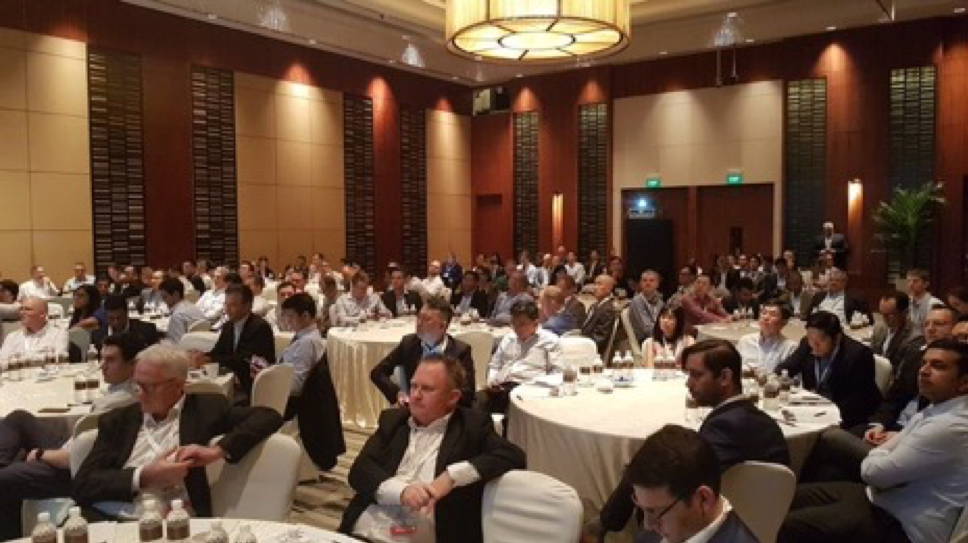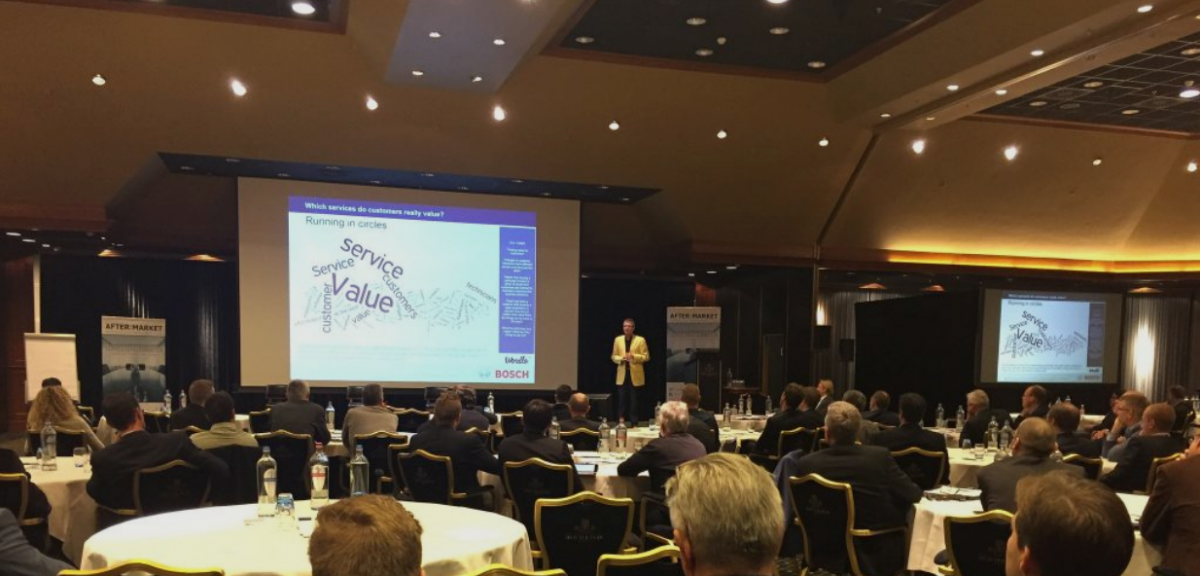Digital service transformation does not start and end with implementing innovative technologies. It starts with a vision. Service Leaders rethink how to generate new service revenue streams and ensure long-term success. And at the end, when companies find the right path, customers benefit from the new services tailored to their needs.
During our EMEA Virtual Field Service Circles in 2020, we offered inspiration, expert knowledge and practical experience to those striving for improvement and progress on their digital journey. And it seems that with the change from on-site to virtual sessions we could translate this imperative into its very own form and take the huge number of attendees, who are looking to make a difference, along for the ride.
Inspired by the findings in the Forrester research report we commissioned in 2019, we created our 2020 season of Field Service Circle events. During these sessions, we looked at the three key pillars that are accelerating the pace of digital service transformation as well as future field service strategies. This article will recap each of our four sessions.
Future-Proofing Your Workforce
Recent changes as a result of the global pandemic have drastically changed the way some technicians conduct their work; however, the role of the field technician has been evolving at an increasing pace for a number of years now. What does a happy, versatile, future-proofed workforce look like? Together with Kris Oldland, Chief Editor of Field Service News, Coen Jeukens and Sumair Dutta from our GCT team not only talked about these questions but also discussed the value of field service tools for technicians, the importance of human intelligence, and the move towards a “remote first” model for service. Watch the on-demand recording here.
Keeping Customers at the Forefront
While technology has raised customer expectations, it can also help field service providers meet those expectations. But how well do we understand the expectations of our customer base and how is the customer’s voice a driving force in the service transformation? How will customers see value in new service offerings and how can we future-proof the supply of the same? All of these questions, and more, formed the focus of this session with Rob Merkus, EMEA Service Director at Hitachi Medical Systems, and Jan van Veen, Founder & General Manager at moreMomentum, as we examined the service delivery chain from the customer perspective, the best ways to adapt to evolving customer expectations, and the business opportunities therein. Watch the on-demand recording here.
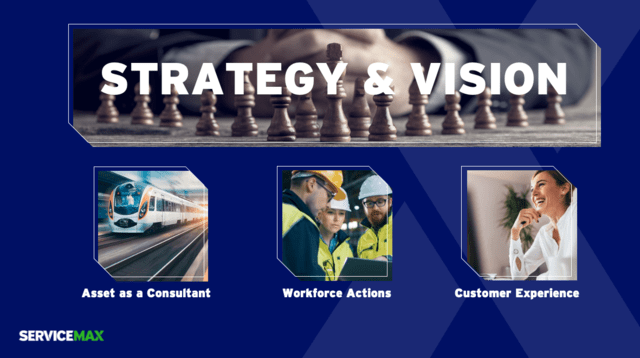
Using Asset Data as a Transformation Consultant
Customers expect their assets to work, and service providers want to know where the assets are, in what condition they are, and how they are being used. The focus on digital transformation has placed companies’ attention on harnessing equipment data for insights, exploring new business models, and implementing digital technologies. Sven Gehrmann, Senior Manager of BearingPoint, Thomas Heckmann, Solution Consultant of ServiceMax and Co-Founder of the German Chapter of the Institute of Asset Management, and Coen Jeukens particularly emphasized the message that equipment will become the transformation consultant of the future driving future business value. Watch the on-demand recording here.

Field Service Strategies for the Future
Field service management is evolving and adapting to the “new normal” that we must all embrace as a result of the pandemic. According to an IDC survey spotlight by analyst Aly Pinder, Jr., “The service experience can be THE differentiator for manufacturers in a time shrinking margins and heightened customer expectations.”1
Additionally, Susan Tonkin, who leads Analyst Relations at ServiceMax, presented some of the predictions recently published by Gartner, such as “By 2025, proactive (outbound) customer engagement interactions will outnumber reactive (inbound) customer engagement interactions.”2
Together with Professor Shaun West of the University Lucerne, Susan Tonkin and Coen Jeukens discussed Forrester’s three pillars of digital transformation and ServiceMax’s predictions for 2021 based on our CSO Summit series. Among various points, Shaun highlighted that the so-called “smart services” that are data-driven and geared to individual customer needs are gaining importance. Watch the on-demand recording here.
What’s Next?
Digital Service Transformation is no longer a choice but an imperative. Having visibility and control on Assets, Workforce and Customers allows service providers to drive excellence and growth. Technology plays a decisive role in this journey. It has profoundly changed the business landscape and its impact will continue growing as long as more businesses continue adopting technologies that add value to customers’ lives.
The EMEA Field Service Circles presented a fantastic opportunity to stay connected with ServiceMax and industry peers remotely as we all work to keep the world running and understand how to respond to field service changes.
Take the next opportunity to accelerate your digital transformation with Maximize!Click here to register for Maximize 2021, ServiceMax’s Global Field Service Conference on March 16-18, to learn what you can do today to support your business goals and how you can prepare your service team for the challenges of the future.
1. Source: IDC, COVID-19 IMPACT ON IT SPENDING, 09/2020)
2. Source: Gartner, Predicts 2021: CRM Customer Service and Support, 1 December 2020
This article is published in ServiceMax Field Service Digital on February 16th, 2021

